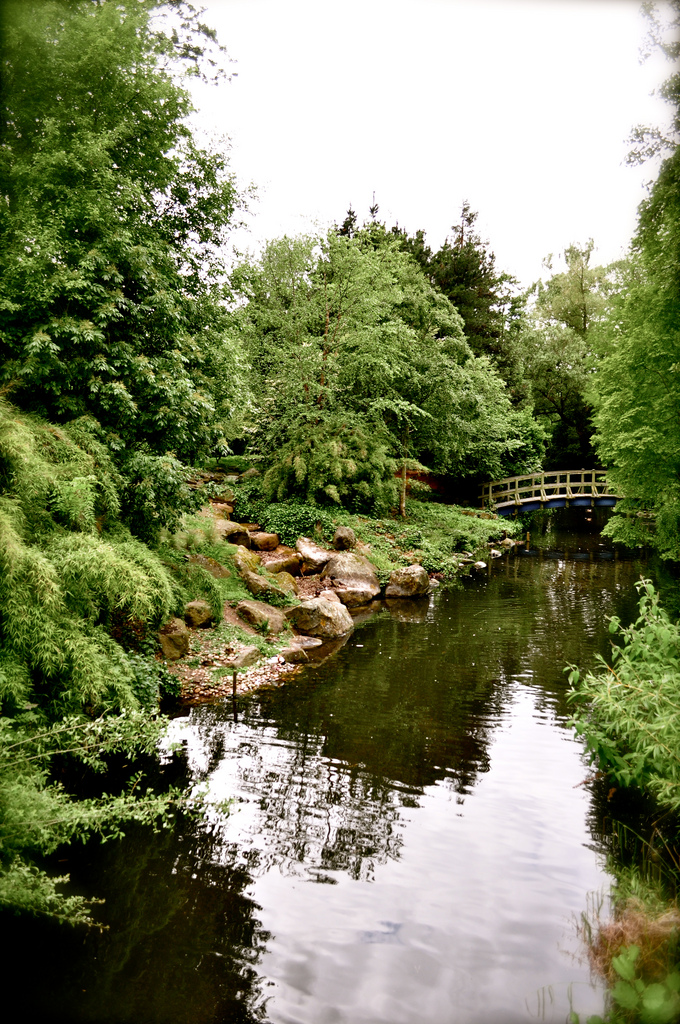The operation of walking, that is, the activity of passers-by, […] is transformed into points that draw a totalizing and reversible line on the map.
(Michel De Certeau, Walking in the city, 1984)
Walking through your city in order discover new part of it, new routes, new maps. This is exactly what many and many artists, photographer or simply walker love, letting our eyes getting inspired and amazed by new corners and views.
Here for you a of bello2buono map, our bonus track first attempt, following the suggestions by Andrew Duncan, who wrote a book about these new routes a person can discover in one of the most famous and crowded city of Europe: London.
In his Walking London, he drew 30 different walks that a person, or better a Londoner, can do in order to get surprised by old stories and new panoramas he did not know before.
Our photographer Camilo did retrace one of them walking through the Canal of Little Venice. Here for you some portraits of this fantastic landscape which, probably, very few of you know even if you have already been in London several times or live there!
The walk suggested by the writer Ducan starts from Warwick Avenue Station (Bakerloo Underground line) and finishes at Angel Station (Northern Underground line), passing through Regent’s Park and Camden Lock Market.
Quoting directly Ducan:
The canal environment is changing rapidly […] however is still possible to capture something of the atmosphere of the canal as a major commercial highway, ans the towpath will always provide an uncommon view of London.
We would like to narrate this walk with a some captions, taken from the already mentioned in this blog Invisible Cities by Italo Calvino…the step between real and imaginary is really narrow in this case!
Enjoy your imaginary walk and…Plan to walk this track!
When you have arrived at Phyllis, you rejoice in observing all the bridges over the canals, each different from the others: cambered, covered, on pillars, on barges, suspended, with tracery balustrades.
[…]
At every point the city offers surprises to your view: a caper bush jutting from the fortress’ walls, the statues of three queens on corbels, an onion dome with three smaller onions threaded on the spire.
“Happy the man who has Phyllis before his eyes each day and who never ceases seeing the things it contains, ” you cry, with regret at having to leave the city when you can barely graze it with your glance.

But it so happens that, instead, you must stay in Phyllis and spend the rest of your days there. Soon the city fades before your eyes, the rose windows are expunged, the statues on the corbels, the domes. Like all of Phyllis’s inhabitants, you follow zigzag lines from one street to another, you distinguish the patches of sunlight from the patches of shade, a door here, a stairway there, a bench where you can put down your basket, a hole where your foot stumbles if you are not careful.
All the rest of the city is invisible. Phyllis is a space in which routes are drawn between points suspended in the void: the shortest way to reach that certain merchant’s tent, avoiding that certain creditor’s window.
Your footsteps follow not what is outside the eyes, but what is within, buried, erased. If, of two arcades, one continues to seem more joyous, it is because thirty years ago a girl went by there, with broad, embroidered sleeves, or else it is only because that arcade catches the light at a certain hour like that other arcade, you cannot recall where.

Millions of eyes look up at windows, bridges, capers, and they might be scanning a blank page. Many are the cities like Phyllis, which elude the gaze of all, except the man who catches them by surprise.
You can read all the description of the Invisible Cities of Calvino here, letting your imagination go and find new association for discovering amazing cities, real or imaginary ones!




